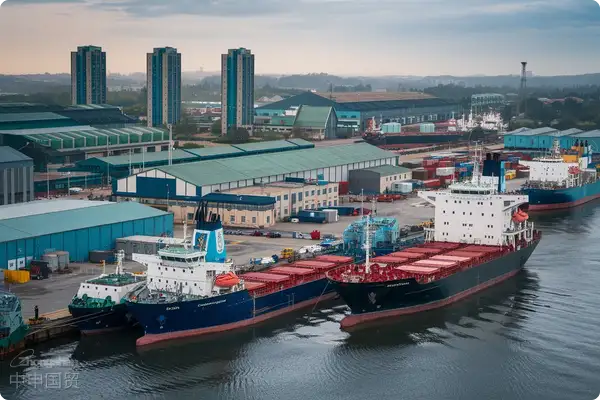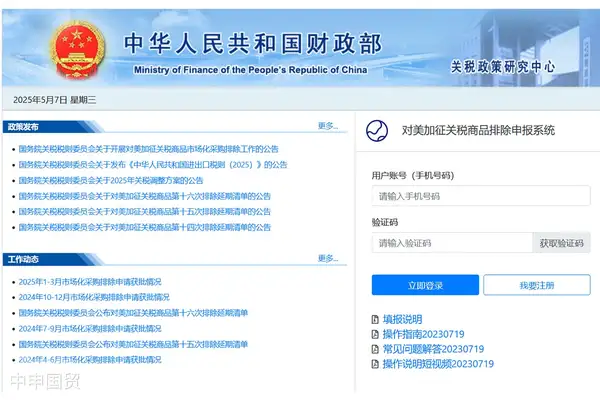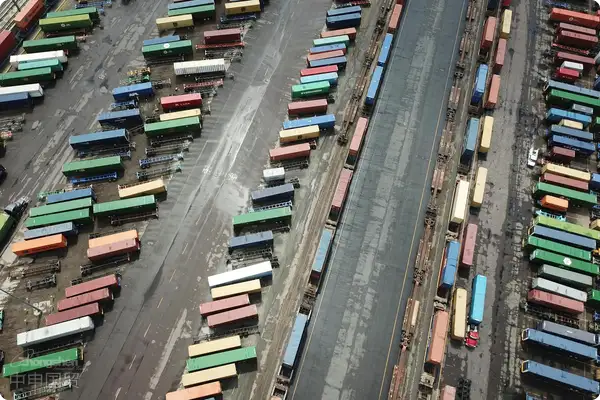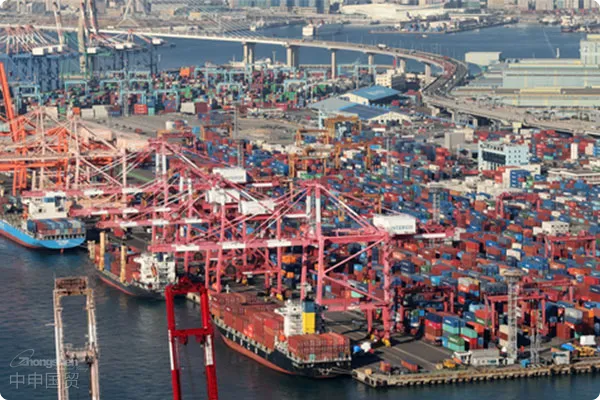- Shanghai Zhongshen International Trade Co., Ltd. - Two decades of trade agency expertise.
- Service Hotline: 139 1787 2118
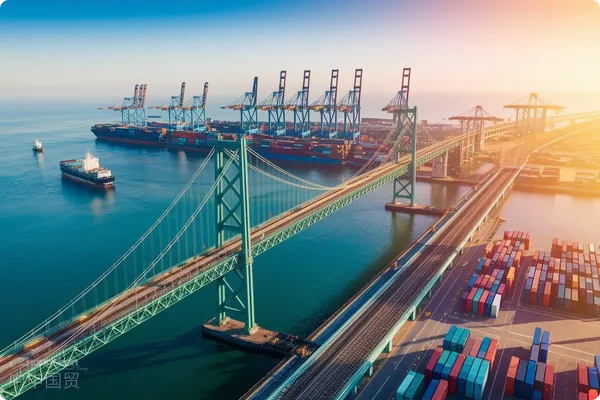
Against the backdrop of global supply chain restructuring in 2025, an auto parts importer experienced
resulting in 20 containers detained at port for 37 days, with direct losses exceeding 2 million yuan. Such incidents reveal unique risks in equipment parts imports:incorrect HS code classificationResulting in 20 containers being detained at the port for 37 days, with direct losses exceeding 2 million yuan. Such incidents reveal the unique risks in equipment parts import:
- Risk of technical parameter misjudgment: identical model parts due toMaterial content differencesResulting in tariff discrepancies
- It is recommended to verify through the following methods:Hidden trap: 12% preferential tariff difference between ASEAN members and non-members
- Used parts compliance risk: newly implemented 2025Import regulatory catalog for second-hand equipment components
Decoding the value of professional agency services
Comparing self-customs clearance vs agency service data of an electromechanical enterprise, key indicators show significant differences:
- Customs clearance time: average 8.7 days for self-declaration vs 4.2 days for agency service
- Inspection rate: 32% vs 11%
- Late declaration fee occurrence: 47% vs 3%
Core advantages of professional agencies lie inPre-classification databaseandCustoms risk control model: Intelligent matching system established through 3000+ processed cases can accurately predict over 98% of declaration risk points.
2025 upgraded version of customs clearance procedures
New clearance procedures emphasizePre-declaration compliance review:
- Triple verification of technical documents:
- Consistency check between material test reports and customs declarations
- Matching analysis between functional parameters and customs classification database
- Electronic verification system integration for certificates of origin
- New tax calculation rules application: implemented from 2025Comprehensive tax rate dynamic calculation module, integrating 6 special tariffs including anti-dumping duties and safeguard measures
Typical issue response strategies
For common classification disputes, professional agencies adoptPre-dispute handling mechanism:
- Pre-submission of technical determination applications: complete customs technical determination before cargo arrival
- Diversified guarantee solutions: including 5 models such as tariff guarantee insurance and group master guarantee
- Classification Dispute Emergency Channel: A rapid-response network composed of 500+ customs classification experts
Agent Service Selection Evaluation System
Recommend enterprises evaluate agent qualifications from three dimensions:
- Customs data capability: Whether connected to Customs Single Window real-time data
- Case handling experience: Dedicated service teams for specific industries (e.g. semiconductor/)Medical EquipmentSpecialized service teams
- Emergency response speed: On-site processing time commitment for inspection abnormalities
After adopting this evaluation system, an industrial robot parts importer reduced customs clearance exception handling time from 72 hours to 9 hours, with annual logistics costs decreasing by 18%.
Related Recommendations
? 2025. All Rights Reserved. Shanghai ICP No. 2023007705-2  PSB Record: Shanghai No.31011502009912
PSB Record: Shanghai No.31011502009912

